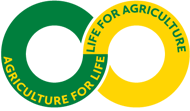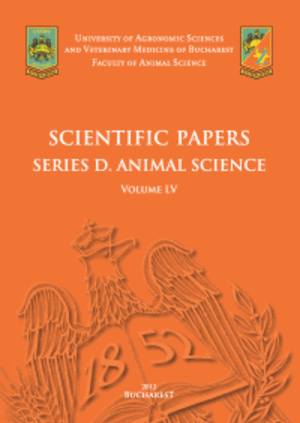Published in Scientific Papers. Series "Management, Economic Engineering in Agriculture and rural development", Vol. 24 ISSUE 4
Written by Olutope Stephen OJO
The study deals with Economics of underutilized crop production in Akoko North West Local Government Area of Ondo State, using pigeon pea as a case study. Specifically, the study describes the socio-economic characteristics of pigeon pea farmers, estimate the profitability of Pigeon pea production, identify factors that affect the profitability of Pigeon pea production and identify the constraints facing Pigeon pea production in the study area. To achieve these, 120 pigeon pea farmers were selected and interviewed with the use of a well – structured questionnaire. Multistage sampling technique was used for the study. This involved purposive selection of ten communities (Arigidi, Okeagbe, Oyin, Ogbagi, Afin, Ese, Irun, Ajowa, Ikaramu and Erusu) out of 18 communities in the study area. The second stage involved snowball sampling of which 12 respondents were selected from each village to make a total of 120 respondents in the study area. Descriptive statistics were used to analyze the socio-economic characteristics of respondents and constraints facing Pigeon pea production, Budgetary analysis was used to analyze the profitability of Pigeon pea production and Regression analysis was used to analyze the factors that affect the profitability of Pigeon pea production. The results of the estimate of Cost and return revealed that the average pigeon pea production for the last season was 105.4kg and the average price was ₦551.7. The BCR (Benefit Cost Ratio) was estimated to be ₦ 1.6 and this implies that for every one naira invested in pigeon pea farming, the farmer. Will realize ₦1 and 6 kobo. The result of the multiple regression of the factors affecting the output of pigeon Pea indicated that 96.1% of the total variation in the level of pigeon pea output is accounted for by all the explanatory variables in the regression model. The estimated coefficient of labour was negative and significant at 1 percent alpha level and the estimated coefficient of agrochemical, and quantity produce were positive and significant at 1 percent alpha level, indicating that increase in this variable will increase output and profit of pigeon pea of the constraints affecting pigeon pea farming poor road network was ranked the 1st and land problem was ranked 12th. It was recommended that government should provide funds for the Research institutes for the innovations of improved pigeon pea production and hence boost the production of pigeon pea in Nigeria. Also, more studies should be carried out to consider the future outlook of the crop. Inputs like fertilizer, improved seed varieties and farm machineries should readily be available to farmers at affordable rate and on time.
[Read full article] [Citation]

 Next Issue will be published according the the calendar.
Next Issue will be published according the the calendar.



